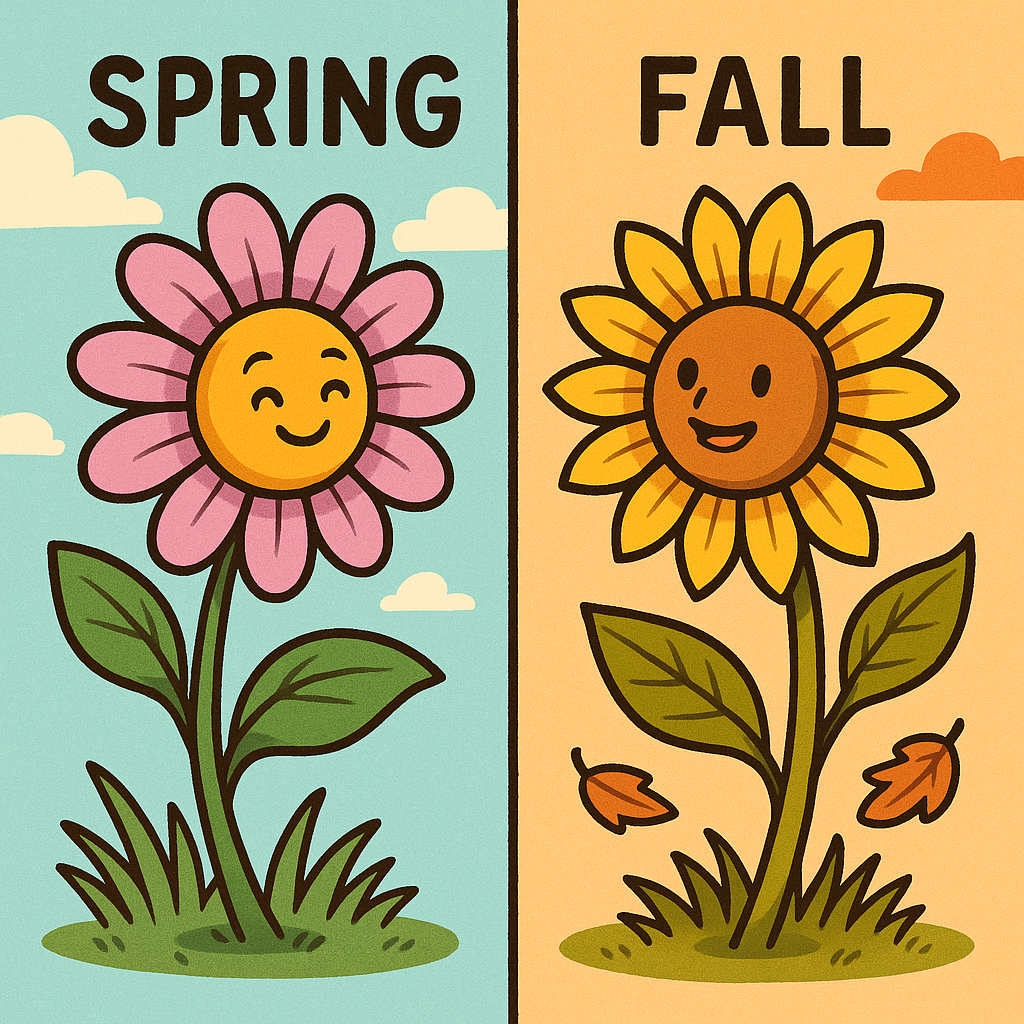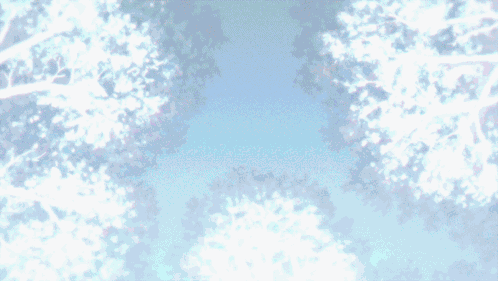🌸 The Secret Lives of Seasonal Flowers: How They Bloom, Reproduce, and Thrive

Natural Sciences | The Varrock Street Journal
Good morning, readers!
Whether you’re strolling through a garden in spring or hiking past golden wildflowers in autumn, you’ve probably stopped to admire nature’s most colorful display—flowers. But have you ever wondered how these bursts of beauty know when to bloom, or why some flowers peak in fall instead of spring?
Today, we’re digging into the seasonal life cycle of flowers, from spring awakenings to fall finales—and revealing how these plants reproduce, survive, and even signal changes in the environment.

🌱 The Awakening: Why Spring Brings Blossoms
Spring is often dubbed “flower season” for a reason. As temperatures rise and daylight hours lengthen, many plants emerge from dormancy—a state of rest during the cold months. This process is driven by photoperiodism (response to light) and temperature cues in the soil.
Spring flowers like tulips, daffodils, cherry blossoms, and crocuses have evolved to bloom early because:
- There’s less competition for pollinators
- Leaf canopies haven’t filled in, so sunlight reaches the ground
- They can get a head start before summer droughts or heat stress
🍂 Flowers of Fall: Late Bloomers With Purpose
While spring gets all the attention, many flowers shine in late summer and fall, including:
- Goldenrod
- Asters
- Chrysanthemums
- Sedum
These species are timed to attract end-of-season pollinators like bees, butterflies, and hummingbirds preparing for migration. In fact, fall flowers tend to be rich in nectar and bloom for longer periods—providing critical fuel for insects and birds alike.
🌸 Reproduction: How Flowers Keep Life Going
Flowers are the reproductive organs of plants, and their beauty has a purpose—attracting pollinators like bees, birds, bats, and even wind.
The process:
- Pollen (male part) is produced in the stamen
- It must reach the pistil (female part) of another flower
- Once fertilized, the flower develops seeds inside fruits or pods
- These seeds are dispersed by wind, water, animals—or your shoes!
Some plants are self-pollinating, while others require cross-pollination, which increases genetic diversity.

🧬 Why This Matters
Flowers don’t just bring beauty—they’re crucial to ecosystems and human life:
- Support entire food webs by feeding pollinators
- Serve as indicators of climate change (bloom times are shifting globally)
- Provide resources for crops, herbal medicines, and more
Understanding flower life cycles also helps scientists and gardeners preserve biodiversity and adapt agriculture to changing environments.
🌟 Spotlight on the Future
- Citizen science projects now track bloom dates to study climate shifts
- Researchers are working on drought-resistant flower varieties
- Native flower restoration is on the rise to support declining bee populations
- Flower-inspired bioengineering is influencing everything from solar panels to biodegradable plastics
😲 Did You Know?
- Some plants bloom only once in their life, like agave, then die—a trait called monocarpy.
- Flowers like evening primrose bloom only at night to attract moths and bats.
- Titan arum, the “corpse flower,” blooms rarely—but releases a scent like rotting flesh to attract pollinators!
Here is a video walking through a flowers anatomy!
🧠 Reflection Questions
- How do seasonal flower cycles impact your local environment or food sources?
- What native flowers grow in your region—and what role do they play in your ecosystem?
- Could planting more fall-blooming flowers help pollinators where you live?
👋 Final Thoughts
Flowers are more than seasonal decorations—they're engineers of survival, messengers of change, and guardians of biodiversity. Whether they bloom in spring or glow through fall, they remind us that nature works in rhythm—and there's beauty in every season.
📚 References
- National Wildlife Federation. (2024). Flowering Seasons and Pollinator Support. https://www.nwf.org
- American Horticultural Society. (2024). The Science Behind Flowering. https://www.ahsgardening.org
- U.S. Forest Service. (2023). Pollinators and Native Flowers. https://www.fs.usda.gov
- Royal Horticultural Society. (2023). Seasonal Bloom Patterns. https://www.rhs.org.uk
📲 Grow with us all year long:
- Instagram: @thevarrockstreetjournal
- TikTok: @varrock.street.jo
